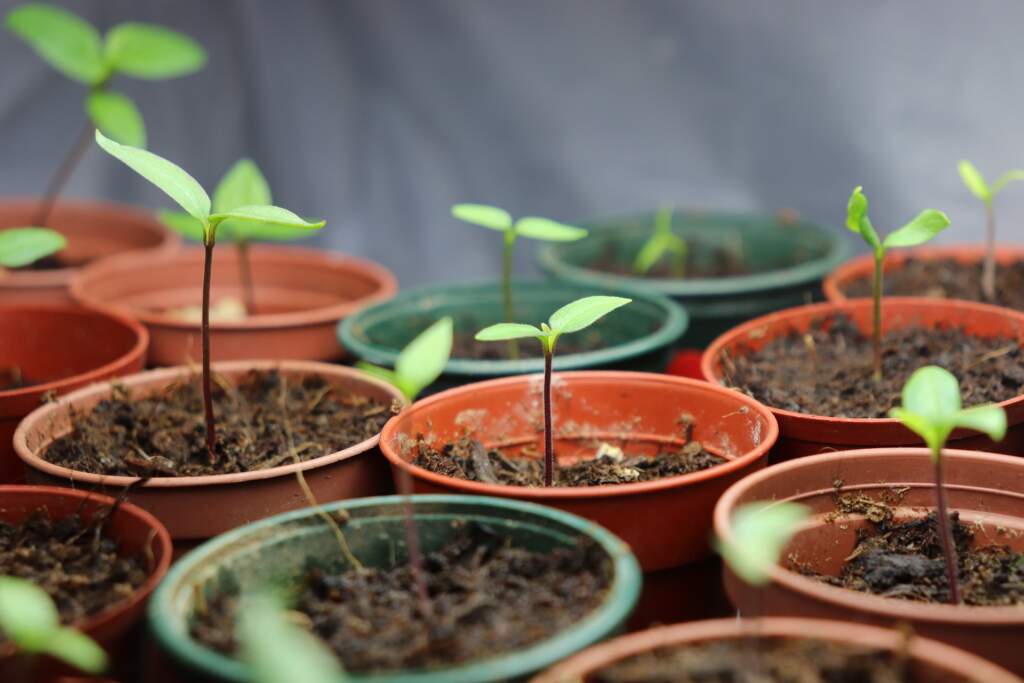
Do you have a strong desire to have a garden in your home? What’s stopping you from taking your plant parenting to the next level by helping to create parent plants? Many people think they cannot propagate or grow plants on their own when it is very easy to do that. Even if you buy plants from a gardener, you will still have to maintain them. If you want to have a garden in your home, you can use these propagation methods and get the garden you want.
What Is Propagation?
The process of multiplication for the production of plants is called propagation. There are different types of propagations to achieve different goals such as having uniformity in your crops or creating plants that have distinct features. The techniques are of two main types; Sexual and Asexual.
Sexual Propagation
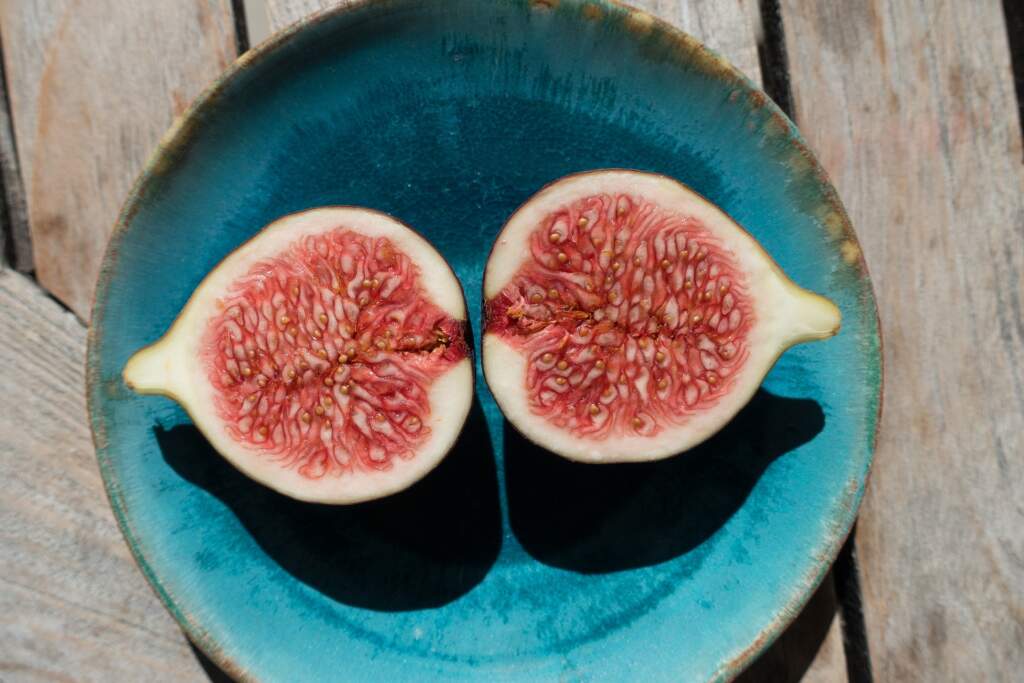
Sexual propagation is when the pollen and the egg are in union and produce seed. This is called seed propagation. It is one of the oldest techniques and is quite simple. It is best suited for flowering plants, fruits, and vegetables among others. You can aim for genetic diversity with the help of these techniques and create further varieties. The seeds have a long life and you can store them. However, you may experience a delay in the flowering or difficulty when trying to mass produce.
Asexual Propagation
This type of propagation is also known as vegetative propagation as it typically uses the vegetative parts of the plant like the stem and the leaves for propagation. This is a good method to use if you want identical plants. There are further types like grafting, layering, and even cutting and division.
Sexual propagation has many disadvantages; to combat these pitfalls, asexual propagation is the best option.
Types Of Asexual Propagation
Here are all the asexual propagation methods:
Cutting
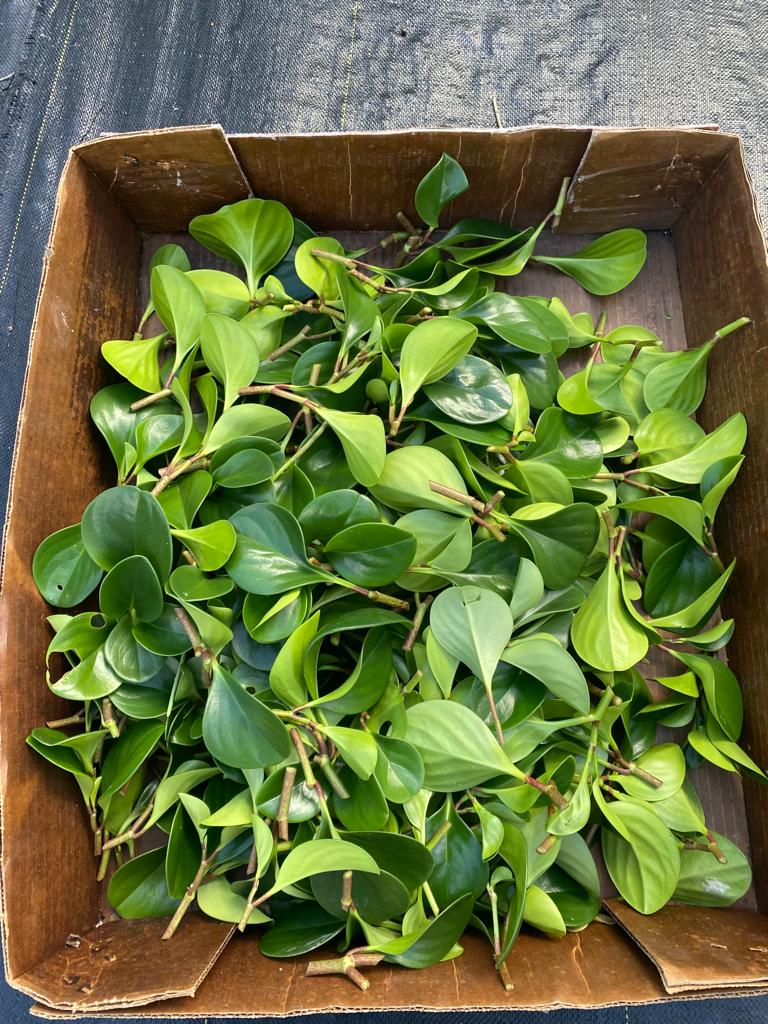
In this method, you can cut the plant’s vegetative parts, including the root, stem, and leaf. Then you can use the cutting to plant another, and the vegetative part will regenerate. You can cut the plant in three different places, stem, leaf, and root.
Take the part you cut, and keep it in the soil, and that will cause the roots to grow. If you want to promote the growth of the plant, you need to use a rooting hormone that will boost the growth.
Layering
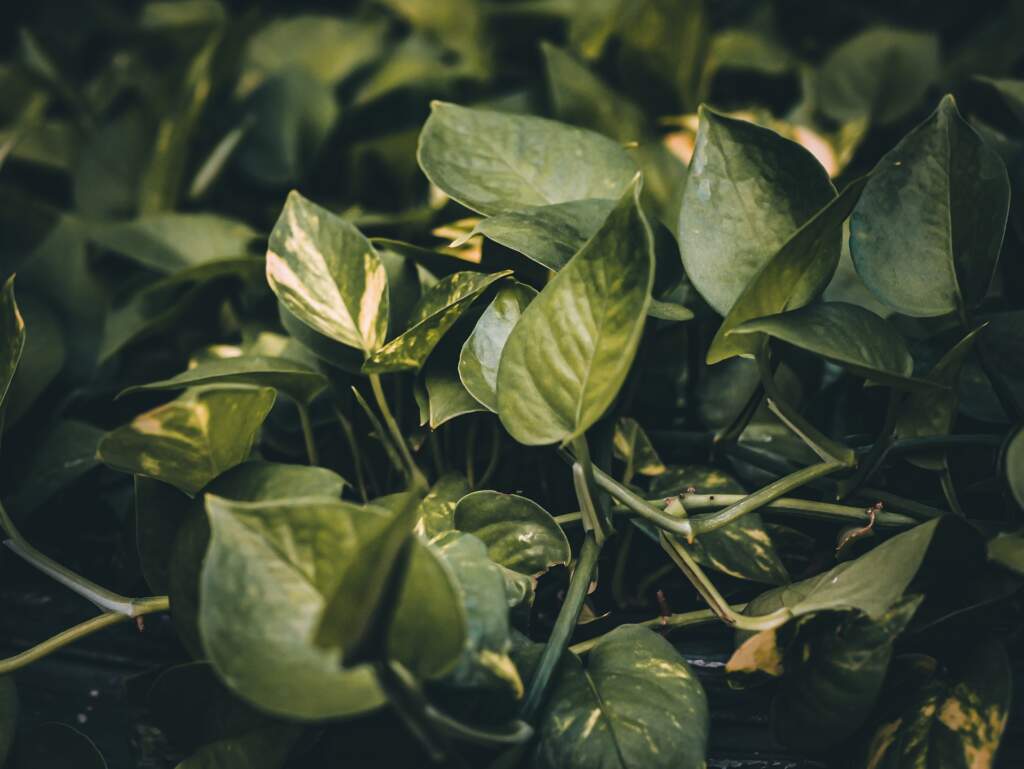
Just like the name suggests, layering is when you choose a branch from the plant and put it in the soil while the branch is still attached to the tree. Planting the branch will allow the roots to spring out into the soil and start the development of a new plant. It is a good technique as it prevents water stress. There are some plants that layer on their own. There are further types of layering, including tip layering, compound layering, air layering, and mount layering.
Division
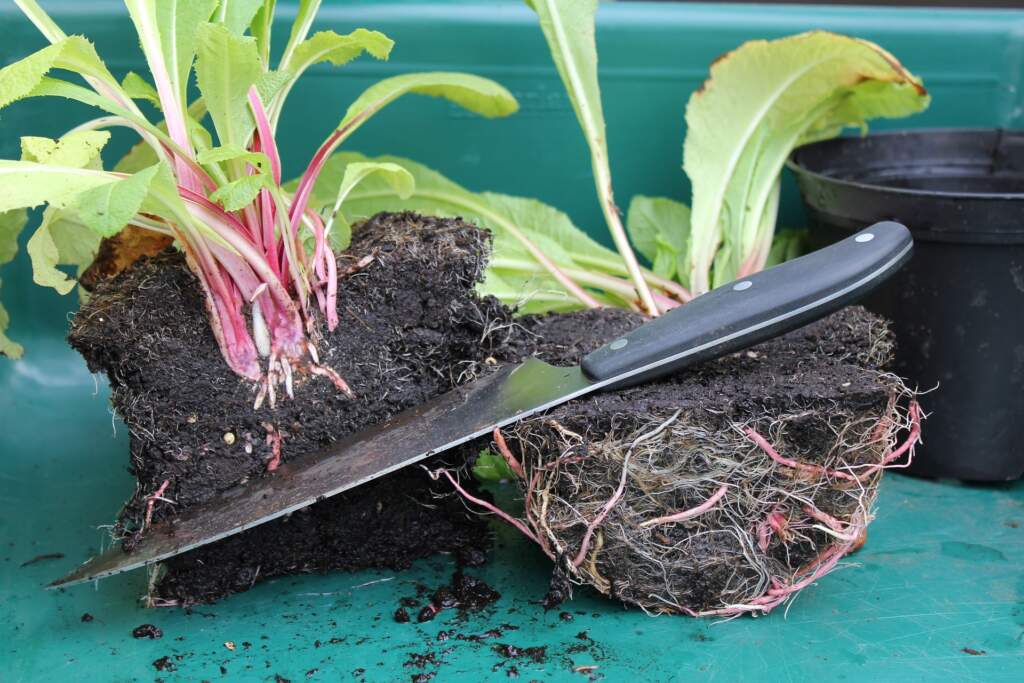
If your plant has more than one rooted crown, then you can easily divide them. This technique is a good idea for perennials. If the stems of the plants are not joined together, then you can pull them apart. You will have to dig the plant and then move it to a prepared site. This can help refresh the plant and prevent it from being in a nutrient competition. Use the right tools to propagate so you can get the best results.
Grafting
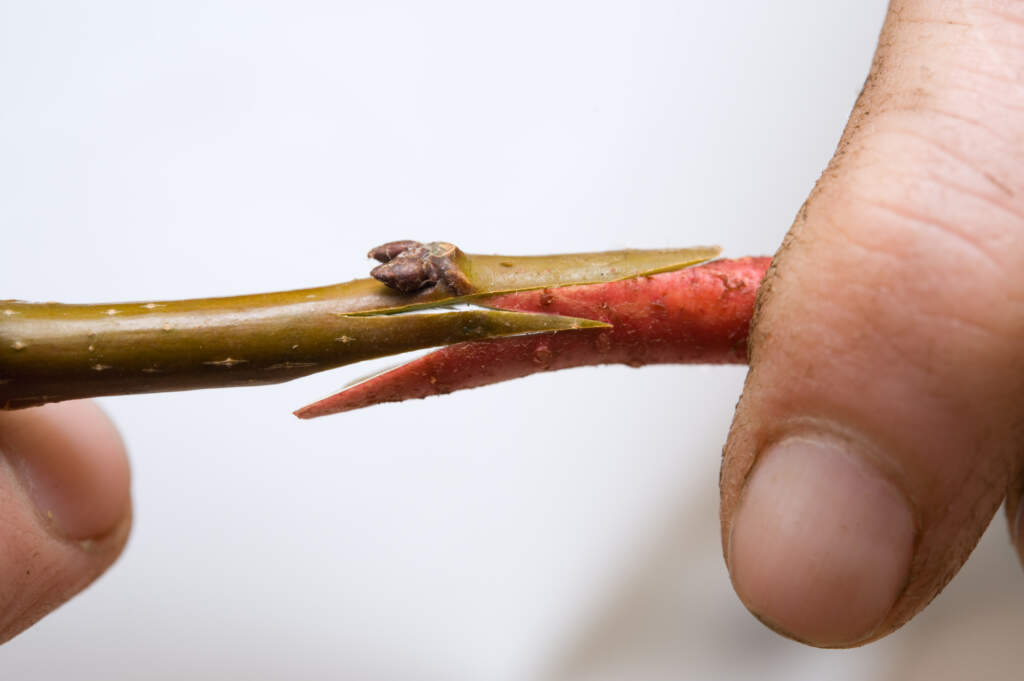
Grafting a plant means joining two parts together so they grow as one. If you have a plant that does not root well with the cutting technique, then it is a good idea to graft them. You can cut a twig of one plant and join it with the stem of the other so it can form a unit. It can be a complex process for beginners, but if you do it correctly, you can add any desired characters to the plant. But it is very important for you to first sterilize your hands and all the tools you may use for grafting.
Pupping
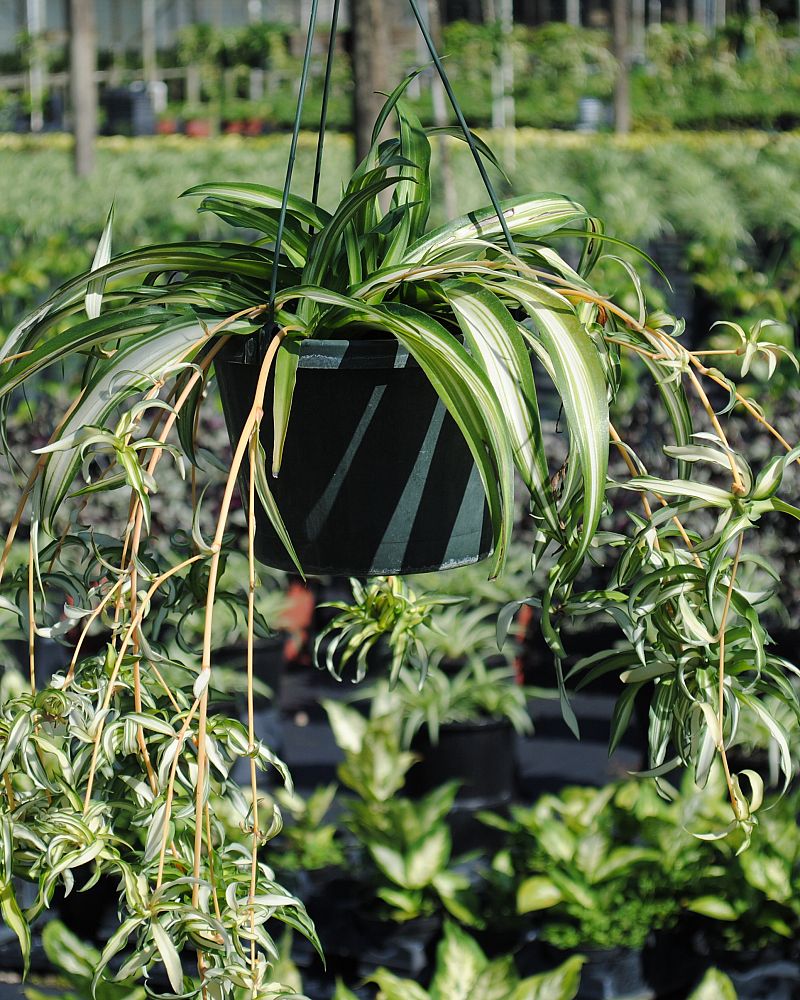
Some plants like spider plants or Mother-of-Thousands will create smaller versions of themselves which will detach and can then be planted to form new versions of itself. This is perhaps one of the easiest types of propogation methods as the “pups” are ready to begin growing immediately.
Tissue Culture

An advanced method of creating new plants is by creating tissue culture. This is where the plant is grown in a controlled environment in media. It is most commonly used for commercial purposes when they have to produce several clones of the plants or mass-produce them.
These propagation techniques can help you grow several plants and several variations of plants. Do not shy away from having a garden in your home just because you think you cannot do it on your own. The methods mentioned above are easy to use, and if you follow them properly, you will end up growing several plants together! Moreover, with the knowledge in this article, you can maintain the plants you grow and keep your garden in top shape. Get a large variety of houseplants so you can start our garden right away!


